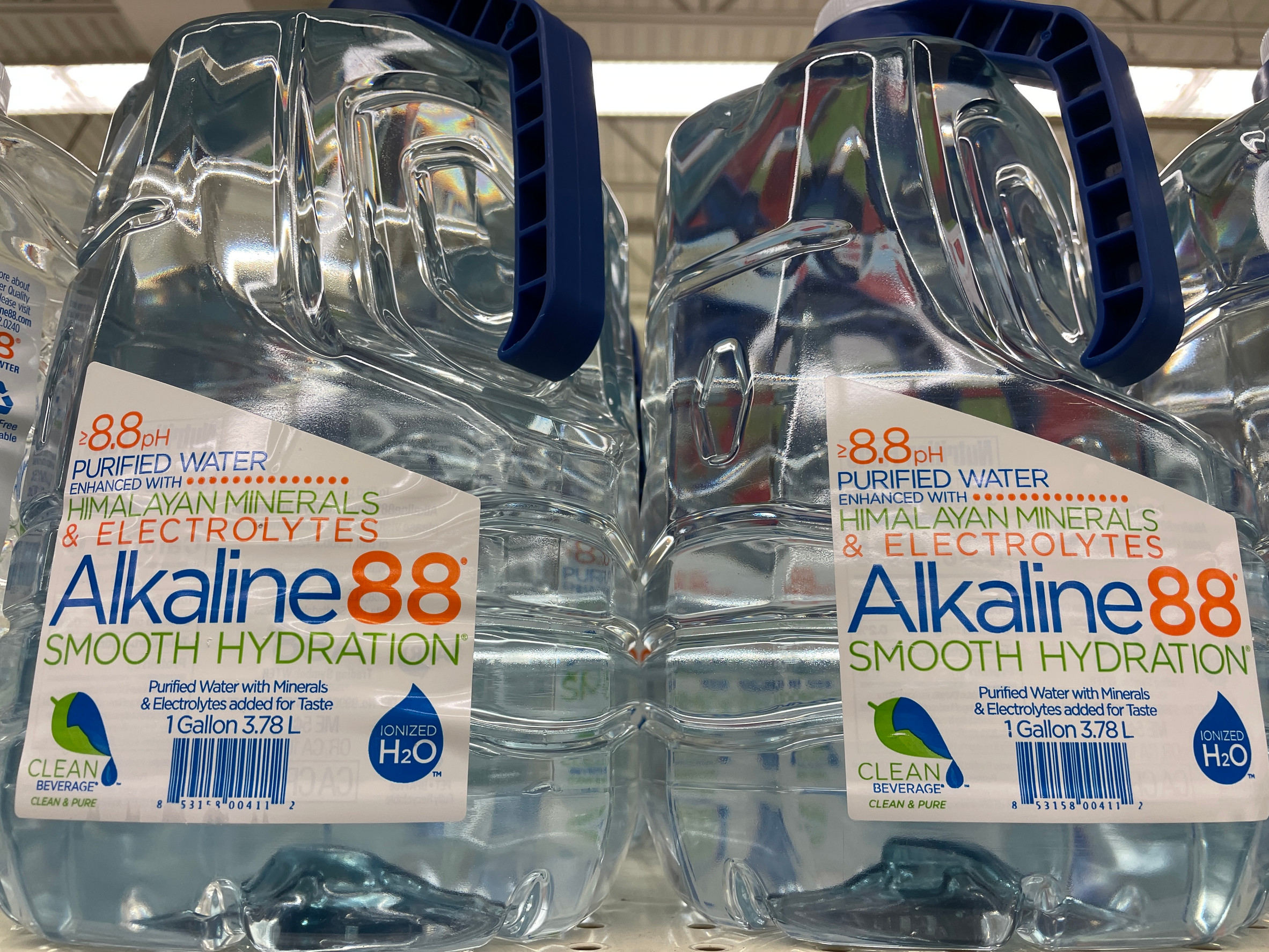
In the ever-growing world of wellness, it’s hard to tell where science ends and salesmanship begins. Consumers want better health, and companies want to sell products—and often, one is used to drive the other, whether or not it holds up under scrutiny.
Some trends explode seemingly overnight, bolstered by celebrity endorsements, slick packaging, and pseudo-scientific jargon that sounds more impressive than it is accurate. Behind many popular health movements is not a breakthrough in biology, but a brainstorm in branding. What looks like a revolution in wellness is often just a clever way to move units.
1. Alkaline Water: The $100 Billion Hydration Myth
Alkaline water became a household name by promising to balance the body’s pH and fight disease. Proponents claimed it could slow aging, prevent cancer, and boost energy—claims that science has yet to back up with real evidence. The body tightly regulates its pH level on its own, and drinking slightly alkaline water does nothing to alter that internal balance. What began as a niche item for gym influencers became a booming industry, fueled by marketing, not medicine. Despite the lack of credible benefits, it continues to sell at premium prices compared to regular water.
2. Detox Teas: Expensive Laxatives in Pretty Packaging
Detox teas flooded social media with the promise of flatter stomachs, increased energy, and toxin removal. In reality, most of these teas contain natural laxatives like senna, which cause short-term water weight loss and frequent trips to the bathroom. The idea that the body needs help detoxifying is misleading, since the liver and kidneys already handle that job efficiently. Still, sleek branding and before-and-after photos made these products a sensation among wellness influencers. Their real success lies not in health impact, but in how well they sold a false sense of progress.
3. Gluten-Free for the Non-Gluten Sensitive
Gluten-free diets are a medical necessity for people with celiac disease or gluten sensitivity—but marketers turned it into a lifestyle trend. Millions of people without any diagnosed intolerance began avoiding gluten under the belief it was inherently unhealthy. This myth was nurtured by vague claims that gluten causes fatigue, brain fog, and bloating, without clear scientific backing for the general population. The food industry responded with a tidal wave of gluten-free products, often more processed and less nutritious than their gluten-containing counterparts. What began as a medical solution became a marketing goldmine.

4. Activated Charcoal: From Poison Antidote to Wellness Cure-All
Activated charcoal has legitimate uses in emergency medicine, especially for poisoning cases—but that didn’t stop it from being repackaged as a trendy wellness ingredient. It began appearing in everything from smoothies to skincare, marketed as a natural detoxifier and purifier. However, it’s non-selective, meaning it can bind to both toxins and nutrients, often doing more harm than good when ingested regularly. Most health professionals warn against its casual use, particularly for digestion or cleansing. Despite this, its inky black aesthetic and “clean” branding helped it thrive as a health fad with zero long-term benefit.
5. Collagen Supplements: Beauty Claims on Shaky Science
Collagen powders, drinks, and gummies hit the market claiming to smooth skin, strengthen joints, and reverse aging. While the body does need collagen, ingesting it doesn’t guarantee that it will go directly to the skin or joints in a usable form. Most collagen is broken down during digestion just like any other protein, and there’s limited evidence that consuming it makes a meaningful difference in appearance or performance. Brands used before-and-after imagery and beauty buzzwords to imply near-magical results. The popularity of these products grew not from proven effects, but from consumer hope and strategic storytelling.
Marketing in a Lab Coat
The health and wellness industry thrives on the promise of transformation—but not all promises are rooted in fact. These trends were built more on perception than evidence, more on aesthetics than biology. What they truly sell is an idea: that better health is just one purchase away. As consumers grow savvier, the gap between marketing and medicine becomes clearer—but the cycle continues.
Have thoughts on a health trend you think was all hype? Drop a comment and join the conversation.
Read More
8 Expensive Supplements That Have No Verified Health Benefit
10 Labeling Tricks That Hide Unhealthy Ingredients
The post 5 Health Trends That Were Invented Entirely for Marketing appeared first on Everybody Loves Your Money.







